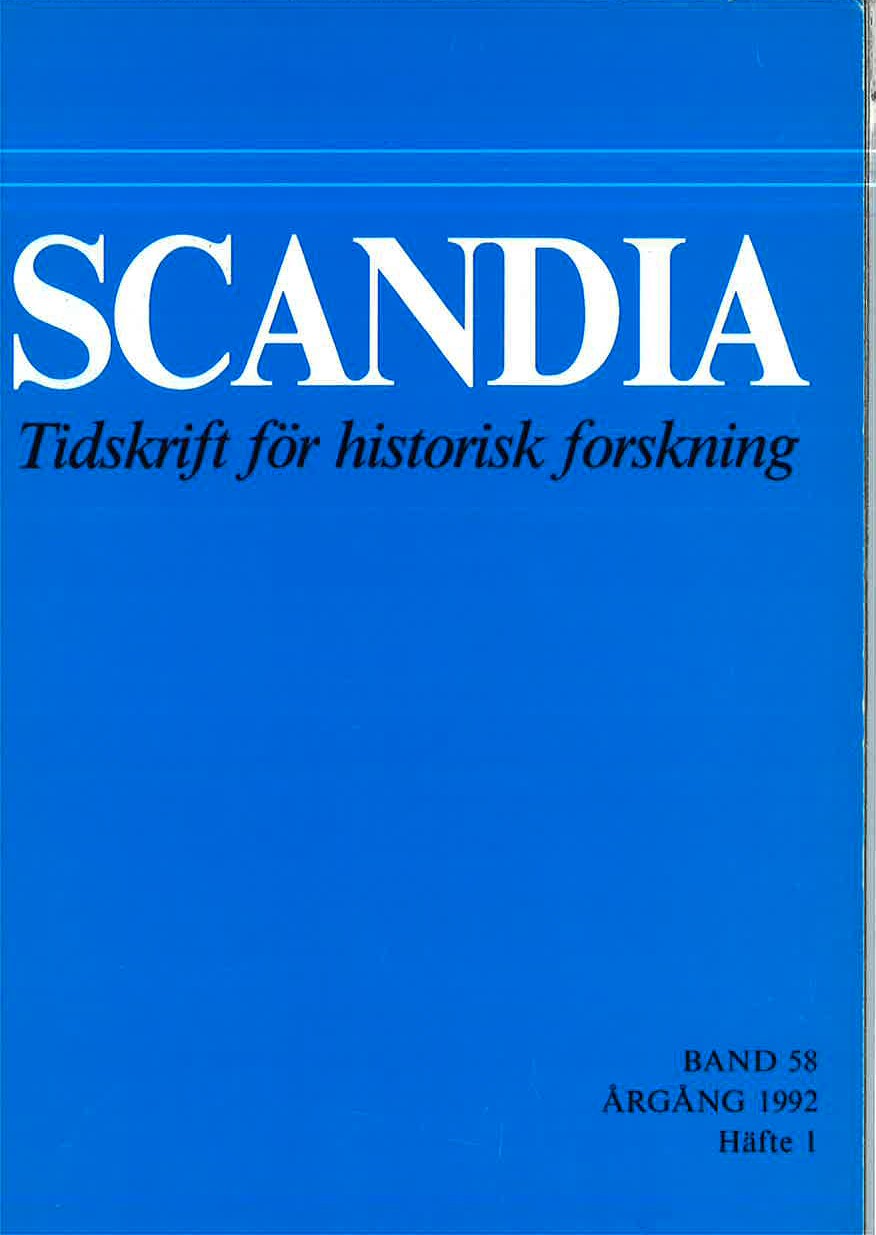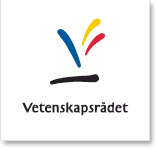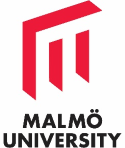Iron Settles Country - A Reality with Variations
DOI:
https://doi.org/10.47868/scandia.v58i1.24849Keywords:
protoindustry, iron manufacture, Sweden, population growthAbstract
The concept protoindustry has been used in historical research concerning the preludes to industrialization. Protoindustrial areas are characterized by insufficient agriculture, which consequently forced the inhabitants to turn to the extensive production of marketable goods to be sold outside of the particular area. An increase in demand made further means of subsistence possible, which allowed for population growth. However, it has proven difficult to distinguish which factors led to industrialization on the grounds of the general criteria for protoindustry, namely, insufficient agriculture, long-distance trade, and population growth.
During the 17th and 18th centuries, the Swedish iron manufacture, whose decisive role in the industrialization of Sweden can h4rdly be overestimated, was structured in a manner similar to 18th century Western European protoindustry. Credits, or advances, represented one method through which the buyers (ironworks owners) could control the workforce (miners, "bergsmän") and its production-(pig iron). A closer analysis reveals that this had varying repercussions in different parts of Bergslagen. The consequences of protoindustrial iron manufacturing are linked to several points, and there appears to be a connection with the manner in which iron production was established in a given area. In areas where "iron settled country" during the 17th century, the miners' conditions were largely dictated by commercial capital. The credit system was more widespread there, and debts drove the miners to leave their freeholds. The transition from protoindustry to industry seems to have progressed more smoothly in such areas. The concrete example employed in the essay was the parish of Grangärde in the southern Dalarna.
In Norrbärke and Söderbärke, the two parishes adjacent to Grangärde, the development took on a somewhat different character. The commercial capital's demand for iron was not the sole force behind colonization. An already founded and independent farming community existed in 17th century Norrbärke and Söderbärke, and supported itself by combining iron production with cattle raising and agriculture. Some continued to subsist in this manner during both the 17th and 18th centuries. The credit system was not as widespread there as it was in Grangärde, and this is seen as indicative of the difficulties which commercial capital encountered in breaking into an already established, small scale farmer's production. The ironworks establishments in 17th century Norrbärke and Söderbärke also entail that iron must have settled country to a certain extent even in these parts. Many carried out the miner's task under the ironwork's direct supervision.
Whereas the population grew in Grangärde during the 18th century, it remained virtually stagnant in Söderbärke. Protoindustrial activity did not become industrialized in Söderbärke as it did in 19th century Grangärde. The Söderbärke parish can thus be seen as an example ofa deindustrialized area. One could conceivably observe a certain interaction between the parishes, with the respective parishes' development preconditioning the other. This would confirm a correlation between the penetration of commercial capital and the differentiation of the miners.
The construction of theories around the concept of protoindustry has proven useful in studying conditions in the Swedish iron manufacture, since it enables us to examine the successive elements in the industrialization process as well as variations in different areas. The dynamics within the process become particularly tangible if one reconciles the discussion on protoindustry with a proletarization perspective. Furthermore, the deveiopment of protoindustry seems to have a chronological correlation, which implies that the conditions for continued industrial development were enhanced where iron settled country.
Translated by Jasmine Aimaq





